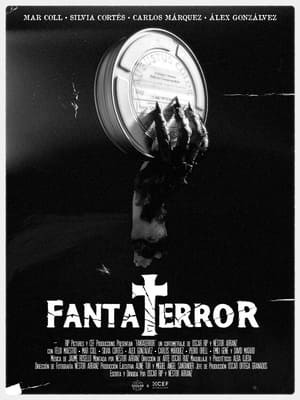Overview
Lasuntay
Reviews
Lasuntay: The Path Toward Immortality
Dir. León Cáceres Torres, Peru, 2025
By: [Name of critic or researcher]
Affiliation: [University or cultural institution]
Between Ritual Memory and Andean Cinematic Resistance
Lasuntay: The Path Toward Immortality, the debut feature by Peruvian actor and filmmaker León Cáceres Torres, is a singular cinematic endeavor that blends guerrilla filmmaking, Andean mythology, and environmental critique to tell a story deeply rooted in the worldview of Peru’s highland communities.
Filmed over five years (2020–2025) in the natural landscapes of central Peru—including the sacred Huaytapallana glacier, Layawasi, Torre Torre, and the rural areas of Visca and Chunomazana—the film unfolds as a visual and spiritual experience that rejects conventional storytelling in favor of a symbolic narrative, where mythic time and historical present coexist.
Synopsis: From Myth to Resistance
The story centers on Amaruvilca, a rural father who seeks to heal his daughter, stricken by pollution in their community, through ancestral knowledge and ritual pilgrimage. He sets out for the mythical Lasuntay lagoon, hoping to find a sacred flower capable of curing her through traditional medicine. Along the way, he communes with the mountain spirits (Apus), particularly Huallallu, and is drawn into a process of inner and cosmic transformation.
The journey is not only physical but metaphysical: Amaruvilca traverses ancient landscapes of meaning, where healing is inseparable from offering, memory, and spiritual reciprocity. In this sense, Lasuntay is also a metaphor for collective healing in the wounded Andes, facing environmental devastation and cultural erosion.
Aesthetic and Cinematic Language
The visual approach of the film leans toward the contemplative. Long static shots, eloquent silences, and a camera that observes rather than intervenes create a ritual aesthetics, where mountains, mist, stones, and water bodies become characters in their own right.
With a minimalist mise-en-scène and slow rhythm, the director distances himself from commercial standards, offering an experimental and poetic cinema that invites immersion rather than consumption. This is a cinema that listens to the wind and walks barefoot with its characters.
Themes and Critical Contributions
The film explores several key themes:
Environmental degradation and its impact on indigenous life.
Ancestral medicine as a legitimate and sacred form of healing.
Oral memory and myth as cultural resistance.
The spiritual bond between humans and the mountain, based on reciprocity and reverence.
Through these dimensions, Lasuntay positions itself within a broader movement of decolonial and peripheral cinema, not only portraying indigenous cultures but emerging from within them, respecting their ways of narrating, remembering, and existing.
Conclusion: A Work of Territory and Spirit
Lasuntay: The Path Toward Immortality is more than a film; it is a memory act. A cinematic offering that reclaims the mountain as a sacred archive of the Andes, and the community as a living subject of history. In a context where cinema often reproduces urban and centralized models, this work emerges as a visual manifesto of autonomy, spirituality, and cultural commitment.
León Cáceres Torres proposes not just a story, but a way of seeing. A gaze that rises from the soil, speaks with the wind, and disappears into the sacred mist of Lasuntay.

 Spanish
Spanish
 0
0
 2025
2025
 Peru
Peru
 coriwasi wrote:
coriwasi wrote:


















